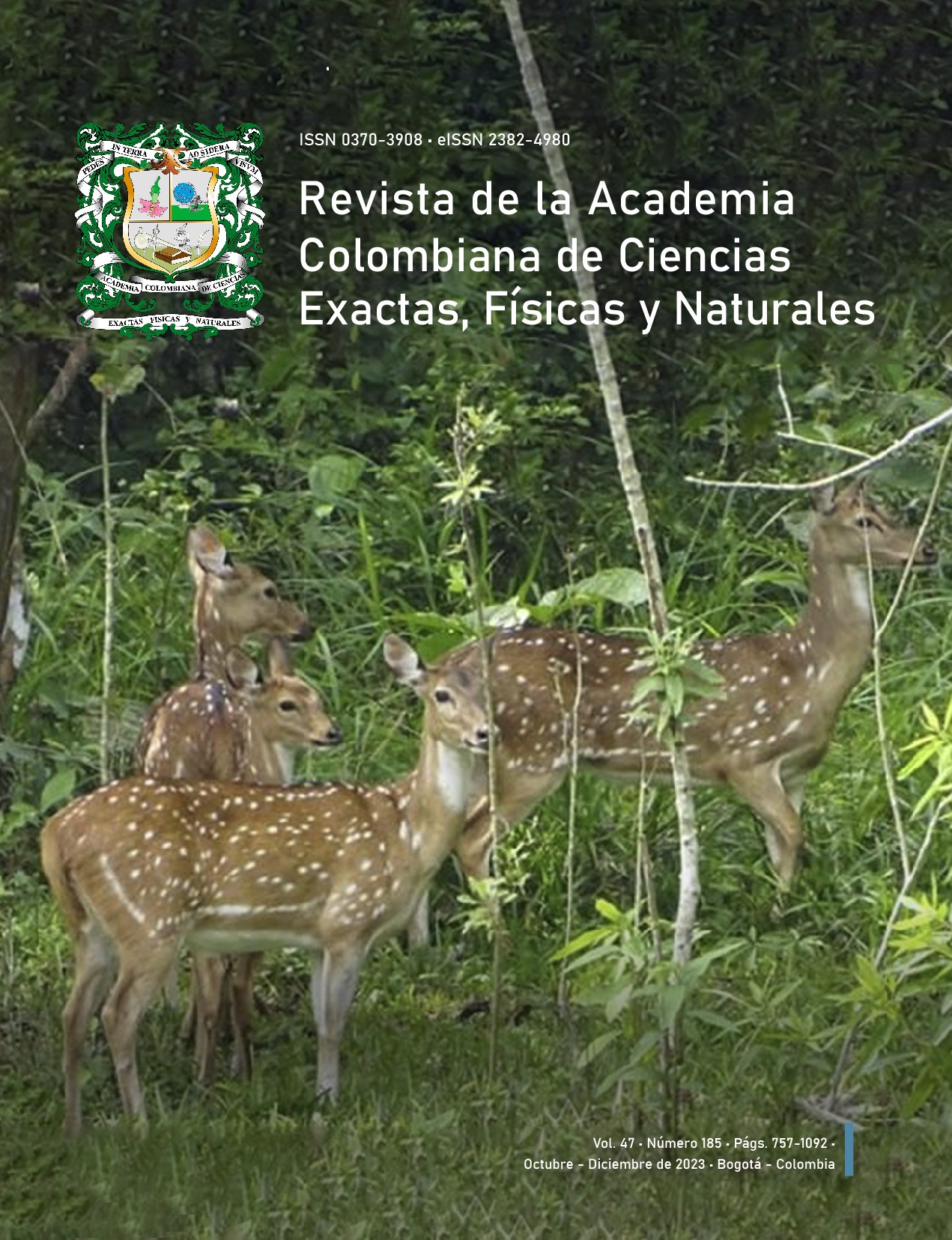Resumen
En este artículo se discute un significado novedoso para la noción de incertidumbre, en el marco de la teoría de interferencia no-paraxial basada en el confinamiento en estados geométricos del espacio. Este significado se refiere al hecho de que, para cualquier conjunto de estados del espacio cuyos vértices se distribuyen en un arreglo arbitrario de tamaño menor que λ/10, tanto la excitación proporcionada por el potencial geométrico como las posiciones de los vértices de los estados son completamente inciertas, de tal forma que el conjunto completo es representado por el pozo lorentziano de un estado base individual del espacio, con vértice en cualquiera de los puntos del arreglo, incluso si el conjunto está bajo la máxima no-localidad preparada (es decir, bajo potencial geométrico fuerte). Se muestra que la incertidumbre geométrica es diferente pero compatible con el principio de incertidumbre de Heisenberg. De hecho, la incertidumbre geométrica establece tanto el límite superior de la incertidumbre de cantidad de movimiento como el límite inferior de la incertidumbre de posición en el principio de Heisenberg.
Referencias
Ballentine L. (2014). Quantum Mechanics: A Modern Development, 2nd ed. World Scientific.
Born, M., Wolf, E. (1993). Principles of Optics 6th ed. Oxford: Pergamon Press.
Busch, P., Lahti, P., Werner, R.F. (2013). Proof of Heisenberg’s Error-Disturbance Relation. Physical Review Letters, 111, 160405.
Castañeda, R., Hurtado, C. (2023). Vacuum fluctuations in single photon interference. Submitted to Journal Mod. Opt.
Castañeda, R., Bedoya, P., Hurtado, C. (2023). Quantum formalism of interference as confinement in spatially structured Lorentzian wells. Journal of Physics. A: Mathematical and Theoretical, 56, 045302. https://doi.org/10.1088/1751-8121/acb6c6
Castañeda, R., Bedoya, P., Matteucci, G. (2021). Non-locality and geometric potential provide the phenomenology of the double-hole single massive particle and light interference. Physica Sripta, 96, 125036. https://doi.org/10.1088/1402-4896/ac3ea5
Castañeda, R. (2017). Discreteness of the real point emitters as a physical condition for diffraction. Journal of the Optical Society of America A, 34, 184-192. https://doi.org/10.1364/JOSAA.34.000184
Erhart, J., Sponar, S., Sulyok, G., Badurek, G., Ozawa, M., Hasegawa, Y. (2012). Experimental Demonstration of a Universally Valid Error-Disturbance Uncertainty Relation in Spin Measurements. Nature Physics, 8, 185-189. http://dx.doi.org/10.1038/nphys2194
Feynman, R., Leighton R., Sands, M. (1965). The Feynman Lectures on Physics vol 3. Menlo Park: Addison–Wesley.
Matteucci, G., Ferrari, L., Migliori, A. (2010). The Heisenberg uncertainty principle demonstrated with an electron diffraction experiment. European Journal of Physics, 31, 1287-1293. http://iopscience.iop.org/ 0143-0807/31/5/027
Ozawa, M. (2003). Universally valid reformulation of the Heisenberg uncertainty principle on noise and disturbance in measurement. Physical Review A, 67, 042105.
Rozema, L.A., Darabi, A., Mahler, D.H., Hayat, A., Soudagar, Y., Steinberg A.M. (2012). Violation of Heisenberg’s Measurement-Disturbance Relationship by Weak Measurements. Physical Review Letters, 109, 100404.
Rozema, L.A., Mahler, D.H., Hayat, A., Steinberg, A.M. (2013). A Note on Different Definitions of Momentum Disturbance. arXiv:1307.3604.

Esta obra está bajo una licencia internacional Creative Commons Atribución-NoComercial-SinDerivadas 4.0.
Derechos de autor 2023 Revista de la Academia Colombiana de Ciencias Exactas, Físicas y Naturales

